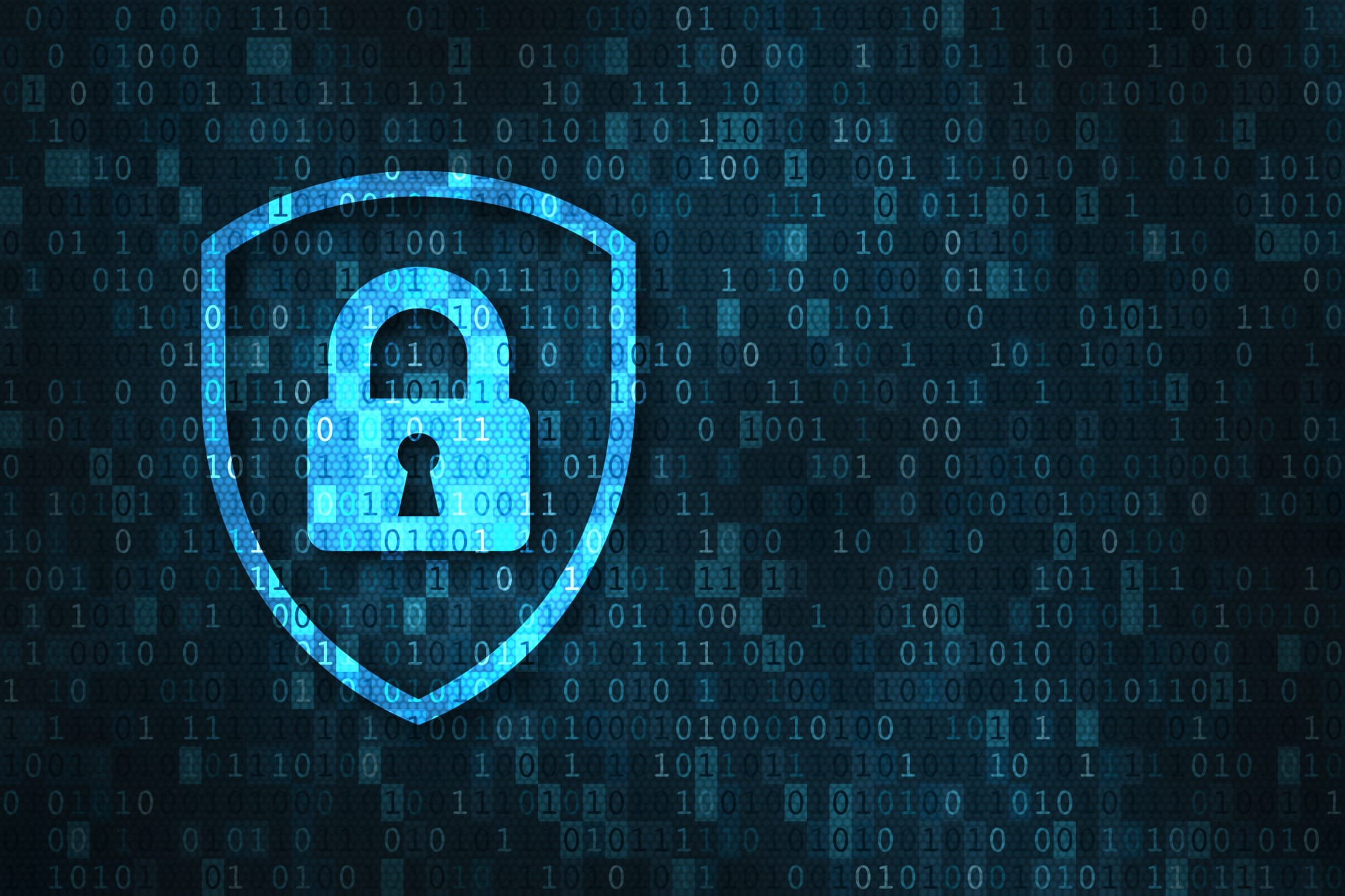Cybersecurity is an ever-changing field. All small businesses should understand how it applies to them.
If your data is left exposed to sabotage and theft, you can expect to lose your customers’ trust. This could result in loss of business and even legal action, should the data breach cause serious damage.
We have gathered our 3 favorite tips about data protection for you. These tips will help guide you to keep your data safe.
1. Be Cautious With External Devices and Storage
Cloud storage and computing, while convenient, presents some significant security challenges. Every time data leaves the security of your internal storage and networks, it is potentially exposed to hackers.
Data Loss Prevention tools can automate protection for your data and increase your peace of mind.
With the rise in covid-19-related remote work, more companies are allowing “BYOD” practices. BYOD stands for “bring your own device”, meaning that employees are allowed to use their own computers for work assignments.
The danger with BYOD lies in the possibility of an employee’s device being hacked due to its lack of security features. It’s possible they may never have worked in an environment where they had to use a VPN, or good anti-virus software.
Even if they do understand the importance of protection, they may not know how to install it. Or, they may be unwilling to pay for a quality program. Consequently, if an employee has access to important files and data, companies should use extreme caution when allowing them to use their own equipment.
If a company does allow BYOD, they should make anti-virus and anti-malware software installation mandatory, and establish clear safety guidelines. Having a good network security plan in place will save you a lot of headaches down the road.
2. Avoid Human Error
Simple human error is the most preventable cause of data breaches. It contributes to the high costs companies pay in fines, data retrieval, and insurance premiums.
Each year, millions of cell phones, laptops, and other work gadgets are lost or stolen. Other forms of human error are all too easy. They include accidentally opening emails that install viruses and malware, improperly encrypting files, forgetting to password protect a document, accidentally attaching the wrong file to the wrong email… you name it, it’s happened.
Encouraging good habits and routines around data protection can help significantly. These could include checklists, on-screen prompts, and physical tools like locking cables.
3. Set up a Data Protection Training Program
Data breaches most often occur because employees are unaware of the data safety challenges they face on a day-to-day basis.
You can counter this by offering training on best practices, and ensuring that all company devices are automatically set up for data protection.
New employees could be given a new machine that has anti-virus and anti-malware software already installed. You could send a weekly email with security reminders, as well as include a module or two on security protocols, during new hire orientation.
Ongoing training could include monthly “newsletter” reminders, or an email mini-course on data safety. Or, if you wanted to go all out, you could invite a cybersecurity expert to address the whole company during a business luncheon, with a Q&A session at the end.
The key is to provide training that promotes a data-safety-aware company culture.
Stay Up to Date on Data Best Practices
Data protection best practices will change and evolve. Cybersecurity firms will always be finding and fixing new threats. It’s important to consult with the experts and stay informed.
You’re welcome to read through our blog articles for the latest on IT security best practices.
If you’re want to establish the best security for your data, we’re here to help. We’ve been in business for almost 20 years! Feel free to check out our managed services here.

